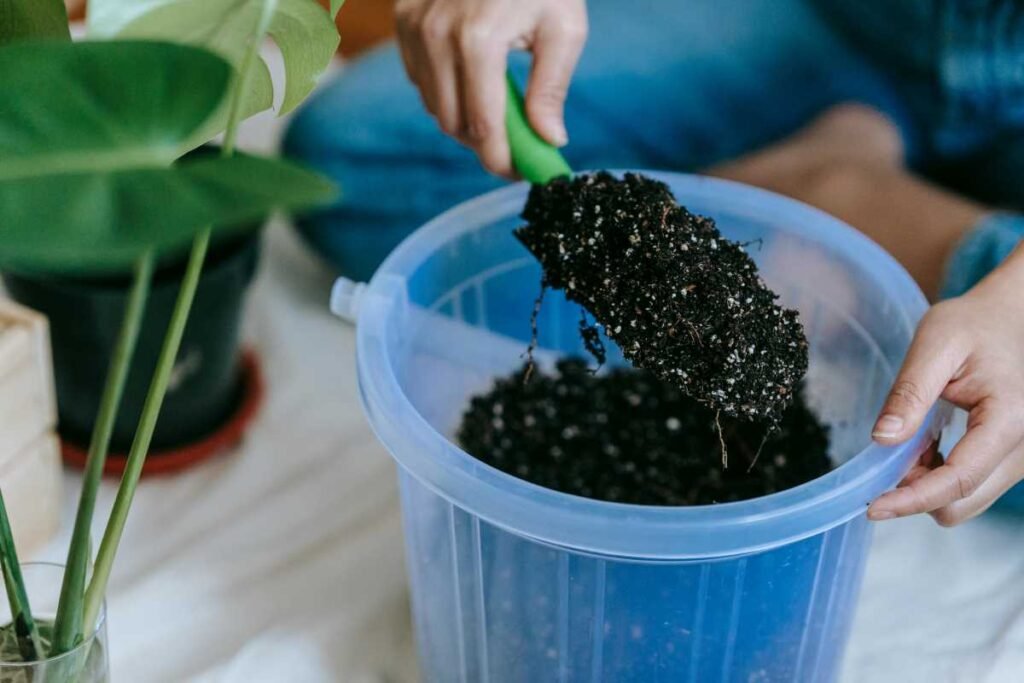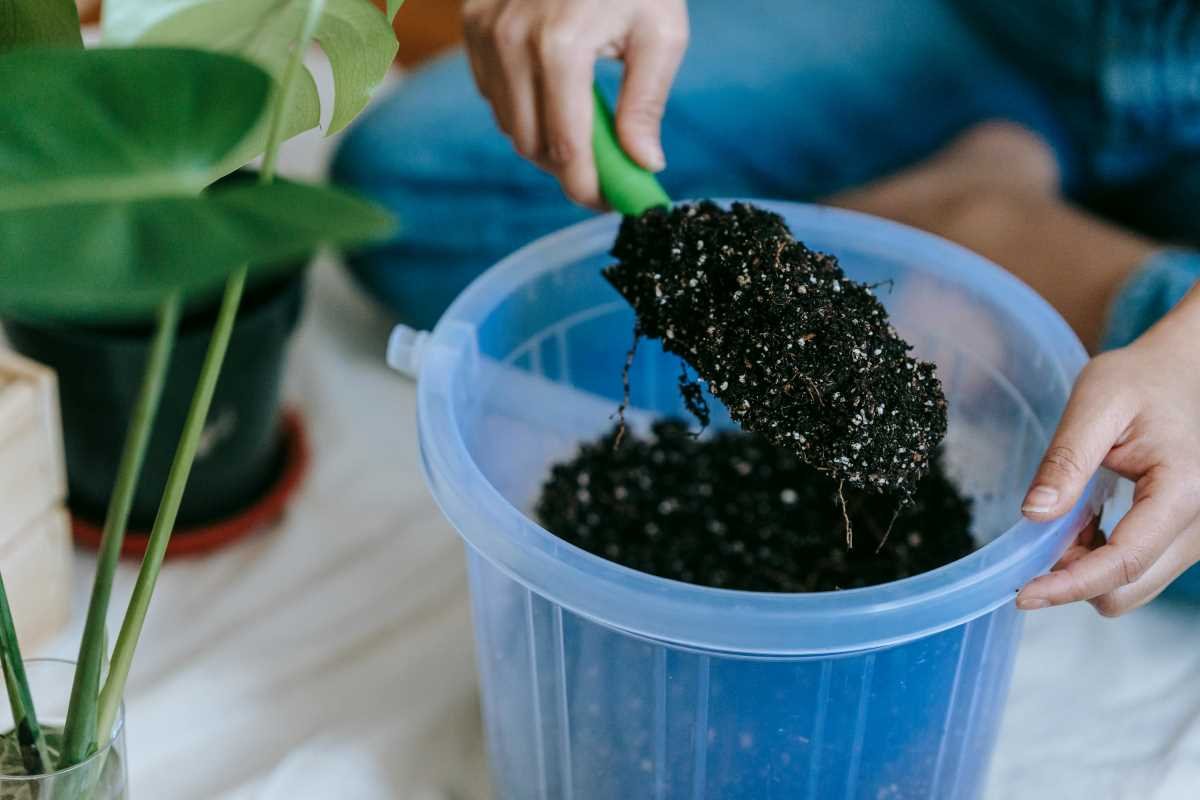Snake plants, also known as Sansevieria or Dracaena trifasciata, are among the most resilient and low-maintenance houseplants.
Their striking, upright leaves and ability to thrive in a wide range of conditions make them a favorite for both novice and experienced plant enthusiasts.
But as winter approaches, many plant owners wonder: Should I fertilize my snake plant during this colder season? The short answer is no, but the reasoning behind it is worth exploring in detail.
To make an informed decision, let’s dive into the plant’s natural growth cycle, its nutritional needs, and how the winter season impacts its care routine.

Table of Contents
Understanding the Growth Cycle of Snake Plants
To fully grasp why fertilizing in winter might not be necessary, it’s important to understand the natural growth cycle of snake plants.
These plants are native to arid regions of West Africa, where they are accustomed to periods of dormancy during less favorable conditions.
In their native habitat, snake plants grow actively during the warm months when sunlight is abundant and temperatures are optimal.
This active growth phase is when the plant absorbs the most nutrients and utilizes them for new leaf development and root expansion.
When the days grow shorter and temperatures drop, snake plants enter a period of dormancy. During this time, their growth slows down significantly, and their nutrient requirements decrease.
This dormancy is a survival mechanism that allows the plant to conserve energy and withstand less-than-ideal conditions. Applying fertilizer during this period could disrupt this natural rhythm and potentially harm your plant.
Read: Can I Move My Snake Plant Outdoors in the Winter?
What Happens When You Fertilize a Dormant Plant?
Fertilizing a snake plant during its dormant phase in winter is akin to overfeeding someone who isn’t hungry.
The plant’s metabolic processes are slowed down, and it is unable to utilize the extra nutrients effectively. This can lead to several problems:
- Nutrient Build-Up in the Soil: Excess fertilizer can accumulate in the soil, increasing salt levels and potentially causing root burn. This can manifest as browning leaf tips or yellowing foliage.
- Weak Growth: If the plant does absorb some of the fertilizer, it might produce weak, spindly growth that lacks the structural integrity of foliage developed during the active growing season.
- Increased Stress: Forcing a plant to grow during its natural rest period can lead to unnecessary stress, making it more susceptible to pests and diseases.
Read: How Do I Increase My Snake Plant Growth?
Why Winter Care Differs
Winter brings unique challenges for indoor plants, including snake plants. Reduced sunlight, cooler indoor temperatures, and lower humidity levels all contribute to slower plant growth.
Snake plants are particularly adept at adapting to these conditions, but they require some adjustments in their care routine to thrive through the season.
One of the key aspects of winter care is reducing the frequency of watering and skipping fertilizer applications altogether.
These adjustments mimic the plant’s natural environment during its dormant period, ensuring that it remains healthy without unnecessary intervention.
Signs That Your Snake Plant Is in Dormancy
It’s not always immediately obvious that a plant has entered dormancy, but snake plants often display certain signs that indicate a slower growth phase. Look for:
- Little to no new leaf growth over several weeks.
- Stable soil moisture levels as the plant absorbs water more slowly.
- A general appearance of health without any dramatic changes in size or foliage.
Recognizing these signs can help you tailor your care routine to the plant’s current needs, avoiding overwatering or over-fertilizing.
When Should You Fertilize Your Snake Plant?
The best time to fertilize your snake plant is during its active growing season, which typically spans from spring to early fall.
During this period, the plant’s metabolic processes are in full swing, and it can effectively utilize the nutrients provided by fertilizers.
Choose a balanced, water-soluble fertilizer or one specifically formulated for houseplants. A diluted solution applied every four to six weeks during the growing season is usually sufficient.
Over-fertilization should be avoided, as snake plants are not heavy feeders and can thrive with minimal supplementation.
Alternative Ways to Support Your Snake Plant in Winter
Even though fertilizing isn’t recommended during the winter, there are other ways to ensure your snake plant remains healthy and well-supported during its dormant phase:
- Adjust Light Levels: While snake plants can tolerate low light, providing them with bright, indirect sunlight during winter can help maintain their health. Consider moving your plant closer to a window or using grow lights if natural light is scarce.
- Monitor Temperature: Snake plants prefer temperatures between 60-80°F. Avoid placing them near drafts, radiators, or cold windowsills to prevent temperature fluctuations.
- Reduce Watering: Allow the soil to dry out completely between waterings. Overwatering is a common mistake during winter and can lead to root rot.
- Maintain Humidity: While snake plants are drought-tolerant, extremely dry indoor air can still cause stress. Using a humidifier or placing a tray of water near the plant can help maintain adequate humidity levels.
- Inspect for Pests: Dormant plants can still fall victim to pests like spider mites or mealybugs. Regularly check your plant’s leaves and treat any infestations promptly with insecticidal soap or neem oil.
Exceptions to the Rule
While the general advice is to avoid fertilizing snake plants in winter, there are exceptions. If your home maintains consistently warm temperatures and provides ample light year-round, your snake plant may not experience a pronounced dormant phase.
In such cases, light fertilization may be acceptable, but it should still be done sparingly and with caution.
The Bigger Picture: Caring for Your Snake Plant Year-Round
Caring for a snake plant is about understanding its natural rhythms and providing the right environment at the right time.
While fertilizing is an important aspect of plant care, it’s not a one-size-fits-all solution. Recognizing when your plant needs nutrients and when it’s better off without them is key to maintaining a healthy, thriving snake plant.
By withholding fertilizer in the winter and focusing on other aspects of care, you’re allowing your snake plant to rest and recharge for the upcoming growing season.
Come spring, your plant will be ready to bounce back with vigor, rewarding you with lush, vibrant foliage that’s well worth the wait.
Related FAQs:
Is it okay to skip fertilizing my snake plant in winter?
Yes, it’s perfectly fine! Your snake plant takes a natural rest in winter. Think of it like a bear in hibernation – it needs less food during this quiet time. Most snake plants do great without any fertilizer from late fall through winter. They wake up ready for food when spring comes back.
How can I tell if my snake plant is sleeping for winter?
It’s easy to spot! Your plant will grow much slower. You might not see any new leaves for weeks. The soil stays wet longer too. Don’t worry – this is totally normal. Your plant isn’t sick – it’s just taking a winter nap.
What happens if I fertilize my snake plant in winter anyway?
Adding fertilizer in winter can hurt your plant. It’s like trying to wake someone up who really needs sleep. The extra food builds up in the soil since your plant isn’t hungry. This can burn the roots and turn the leaf tips brown. Best to let your plant rest!
When should I start fertilizing my snake plant again?
Wait for spring! When you see longer days and feel warmer air, your plant will wake up. Look for signs of new growth – that’s your cue to start feeding again. Usually, this happens around March or April in most places.
My house is warm year-round. Should I still skip winter fertilizing?
Even in warm homes, most snake plants slow down in winter. They react to shorter days more than temperature. But if your plant keeps growing strong all winter, you can give it a very light feeding. Use only half the normal amount to stay safe.
How else can I care for my snake plant in winter?
Winter care is super easy! Cut back on watering – only water when the soil feels really dry. Keep your plant away from cold windows and drafty spots. If you have dry winter air, a humidifier nearby helps. Just avoid fertilizer, and your plant will be happy!
Why do snake plants need less care in winter?
Think about where snake plants come from – hot parts of Africa. There, they learned to rest when conditions weren’t perfect. This clever trick helps them save energy. By following their natural cycle, we help them stay strong and healthy.
Can I make up for missed winter fertilizing in spring?
No need to catch up! Start with normal feeding when spring arrives. Your plant doesn’t need extra food to make up for winter. Too much fertilizer can do more harm than good. Just follow the regular growing season schedule.
What’s the best way to transition my snake plant from winter to spring care?
Take it slow! As days get longer, gradually water more often. Wait until you see new growth before adding fertilizer. Start with a weak mix – about half strength. Your plant will let you know when it’s ready for more by growing faster.
Help! I fertilized my snake plant in winter. What now?
Don’t panic! Flush the soil with plain water to wash out extra fertilizer. Let the soil dry well between waterings. Watch for brown tips or yellow leaves. Your plant will usually bounce back if you stop fertilizing and go back to normal winter care.
Remember: Snake plants are super tough! They forgive most care mistakes. When in doubt, it’s better to do less than more in winter. Your plant will reward your patience with beautiful growth in spring!
Final Thoughts
The question of whether to fertilize a snake plant in winter is ultimately about aligning with the plant’s natural needs.
Resist the urge to over-care for your plant during its dormant phase, and instead, focus on creating an environment that supports its seasonal cycle.
Your patience and attentiveness will pay off in the long run, ensuring that your snake plant remains a beautiful and resilient addition to your indoor garden.
My name is Shahriar Robin, and my journey with plants began in childhood, igniting a lifelong passion that blossomed alongside my career as a nutritionist and sports trainer. Through SnakePlant.org, I channel this dedication, merging expertise from nutrition and sports training to nurture a platform sharing all-encompassing knowledge about Snake plants. This website mirrors my commitment to cultivating greenery, offering comprehensive insights on growth, maintenance, and nurturing practices for these captivating plants. My mission is rooted in leveraging diverse expertise to enhance plant care practices, believing profoundly in the therapeutic impact of nature. Join me on SnakePlant.org, where I unite a thriving community of enthusiasts, sharing experiences, insights, and the profound joys of planting.

